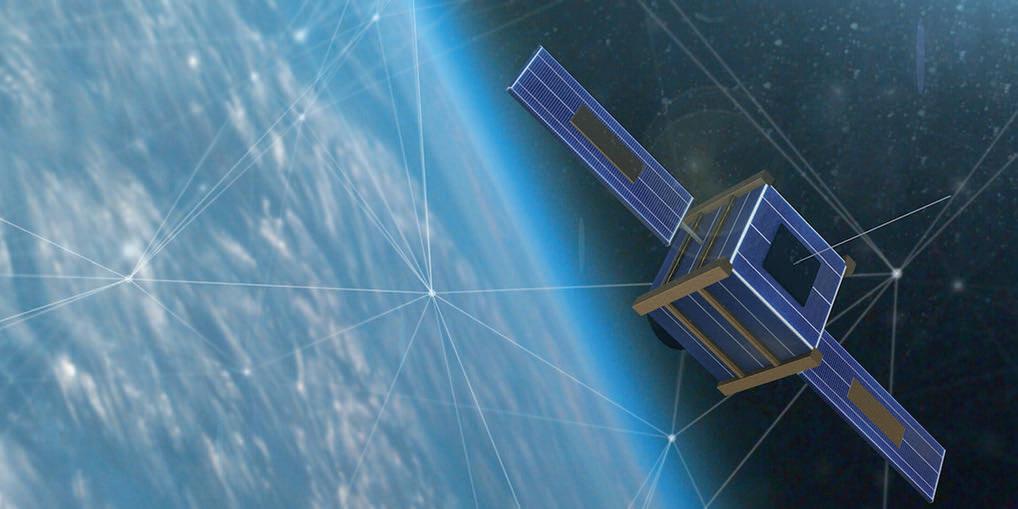
4 minute read
News
Life Guard
Timely health advice protects a young cancer survivor’s hopes of starting a family.
Advertisement
Aviana D’Souza remembers picking out names for her kids before she reached high school. at’s how much she wanted a family of her own one day.
But in her early 20s, her doctor told the cancer survivor something that turned her dreams into doubts. D’Souza had completed eight rounds of chemotherapy and two weeks of radiation when she was 11 to send her stage 4 Hodgkin’s lymphoma into remission. She had no idea the treatment that saved her life might a ect her ability to get pregnant.
“It was not at all on my radar,” she says. “When he brought that up, it was a blow. ere was some self-pity—here’s another thing I have to deal with because I had cancer.”
D’Souza isn’t alone in facing unexpected challenges as a young cancer survivor. Each year, more than 70,000 people in their teens, 20s or 30s are diagnosed with cancer in the United States. With advances in treatment, many of them recover. But the impact on their lives sometimes lingers, from delays in their education and career to ongoing health concerns, including infertility.
Fortunately, D’Souza has an expert on her side: David Freyer, a pediatrics professor at the Keck School of Medicine of USC. He’s part of a team of specialists at Children’s Hospital Los Angeles and USC Norris Comprehensive Cancer Center who help young people navigate life after surviving cancer in adolescence or young adulthood.
As she grew up, D’Souza leaned on the team regularly for support with her physical and mental health and overall well-being. But she is especially grateful that Freyer encouraged her in 2012 to see a fertility specialist. She learned she might only have a few years left to become pregnant. She wasn’t ready for kids yet, and freezing her eggs came with an $11,000 price tag that was out of reach. ankfully, her boyfriend at the time insisted on paying for the procedure. Now married, she and her husband, John, recently started trying for kids. D’Souza acknowledges the journey will be tough—after getting pregnant last year, she had a miscarriage.
“ e heartbreak is real and still pretty raw, but the good thing is I actually got pregnant naturally,” the 31-year-old says. “ at was not expected. It also made me even more happy to have a backup plan.”
She says they will try for a natural pregnancy again soon, but it brings them peace of mind to know her frozen eggs are available if needed, thanks to Freyer’s timely advice.
“I cannot be more grateful for the care and help and attention that he and his team give me,” she says. “He is a part of my family and my heart. We are patient and doctor on paper, but the emotional weight and place he holds in my life is so
much more.” ERIC LINDBERG
A Keck Medicine of USC doctor helped give Aviana and John D'Souza family planning options before it was too late.

Mission Control
An innovative satellite design propels USC Viterbi students to victory.
Right now, more than 2,600 satellites orbit Earth. Ranging from as big as a school bus to as tiny as a Rubik’s Cube, they’re used for research, communication, imaging and more. e smaller satellites are of growing interest to engineers, who see the bene ts of using less fuel to launch light, easy-to-assemble equipment into space.
But a major obstacle has been guring out how to control them after launch. How do you equip something the size of a child’s toy with a propulsion system to move through space?
A team of students from USC’s Laboratory for Exploration and Astronautical Physics came up with a winning idea—literally. eir design for a small-scale propulsion system earned the USC Viterbi School of Engineering students rst place in the 2020 American Institute of Aeronautics and Astronautics’ Small Satellite Poster Competition. eir proposed thrusters use innovative electrostatic technology and ionic liquid, a propellant that can withstand the extreme conditions of space without evaporating. With these lightweight, customizable thrusters, engineers could direct small satellites to the right orbit. Location matters: Orbit too low to the atmosphere and they could burn up, but going too high could render them space trash. e student team, which includes doctoral students and undergrads, works to optimize in-space propulsion devices in collaboration with the Air Force Research Laboratory. AVNI SHAH
Small Wonder
Scientists look for colorectal cancer cures on a postage stamp-size chip.
Despite advances in early detection and treatment, colorectal cancer remains the third-leading cause of cancer-related death for both men and women in the U.S. But promising new therapies might be on the horizon, thanks to innovative technology from USC scientists.
Experts from the Lawrence J. Ellison Institute for Transformative Medicine of USC will use $2.74 million from the National Cancer Institute to develop a “cancer-on-a-chip” model.
The approach creates a tiny 3D replica of living human colon cells on a flexible membrane, or chip, about the size of a postage stamp. Scientists could use those cells to study how colorectal cancer spreads, determine why it might resist certain treatments and test ways to prevent or delay tumor growth—all without putting patients at risk.
The researchers’ work is critical. About 4% of Americans will develop colorectal cancer at some point in their life, according to the American Cancer Society, and nearly 150,000 cases are diagnosed each year.
The researchers include cancer cell biologist Shannon Mumenthaler; biostatistician Dan Ruderman; medical oncologist Heinz-Josef Lenz, co-director of the USC Norris Center for Cancer Drug Development, the J. Terrence Lanni Chair in Gastrointestinal Cancer Research and codirector of the USC Center for Molecular Pathways and Drug Discovery; and biophysicist Scott E. Fraser, Provost Professor of Biological Sciences and Biomedical Engineering and director of science initiatives.







